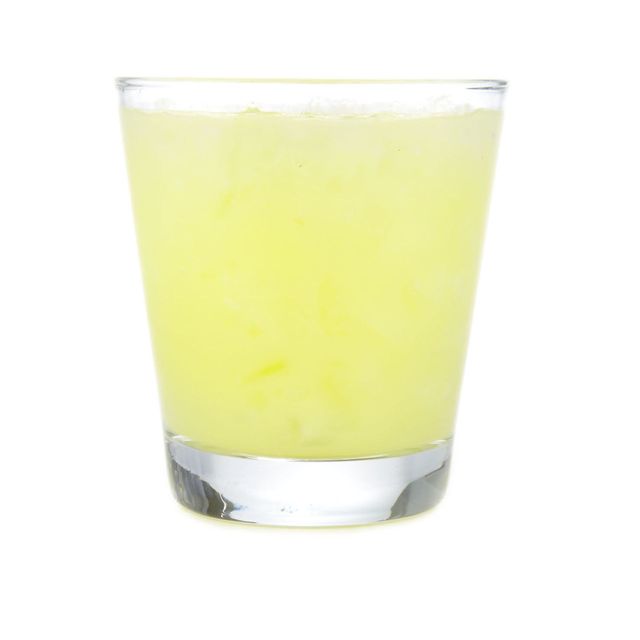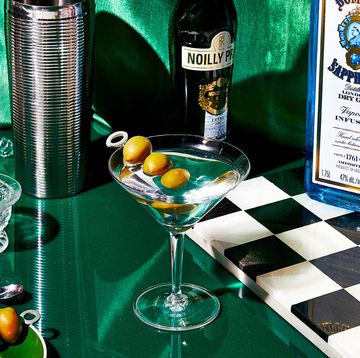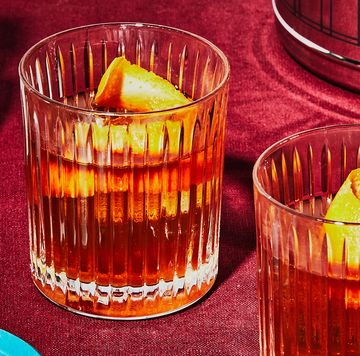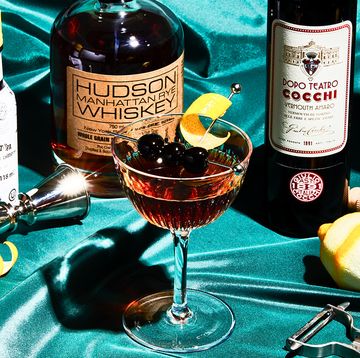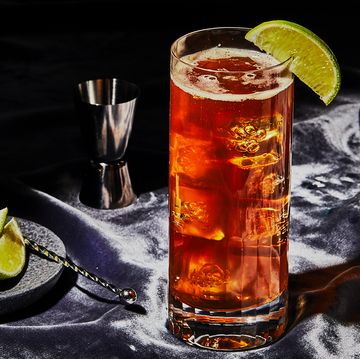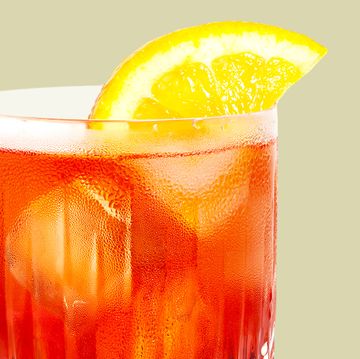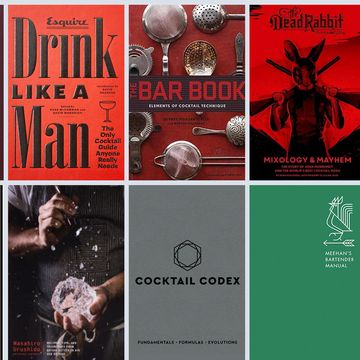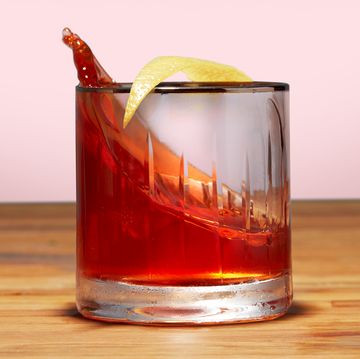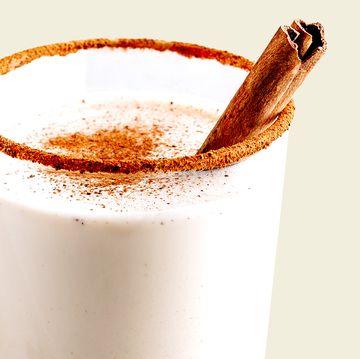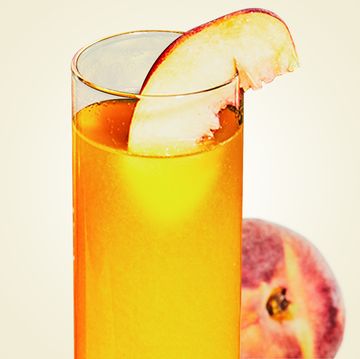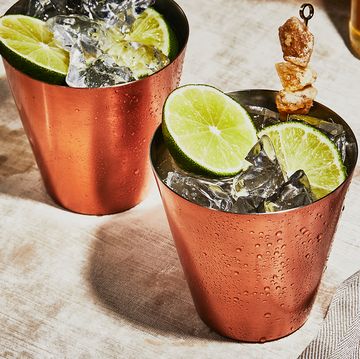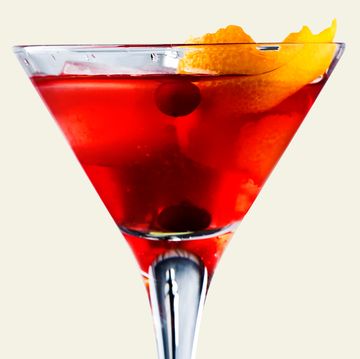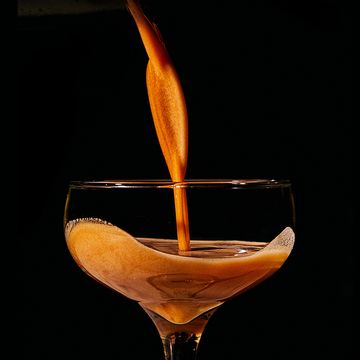Ingredients
- 1 ounce absinthe
- 1/2 tablespoon superfine sugar
- 1 ounce water
shot glass
Instructions:
Pour the absinthe, sugar (the quantity will need to be adjusted according to the brand of absinthe, as they vary greatly in sweetness), and the water into a blender.
Blend for a moment to dissolve the sugar and then, with the blender running, add 3 or 4 ice cubes through the hole in the top, pausing between cubes to let them get crushed. Blend until smooth.
The Wondrich Take:
"The Absinthe Drinker: him, too, I knew in New York. He was good-looking in a pallid sort of way, a slender, tallish young man, a dilettante in letters.... In the Café Martin, Twenty-sixth Street and Fifth Avenue, at four o'clock, we spent a hundred afternoons, listening to the music, watching the people, desultorily talking, and looking upon the absinthe in its cold, sinister, death-colored seduction. The Drinker drank eight absinthe frappés in the hour [holy cow! --ed.], while I ambled through one. 'To think,' said I in half-sad protest, 'that it's slowly killing you, that you've been slowly dying for two years and are slowly dying now!' And said he quickly, 'But, my child, what a sweet, sweet death to die! We are all dying, you know, from one cause or another -- we are all, in this orchid-decked room, slowly moving toward our graves. So how much better to go with this exquisite poison in our veins, with the taste of it on our lips, and the flavor of it in our hearts!'"
On July 25, 1912, two years after Mary MacLane wrote those words, the Department of Agriculture banned absinthe. Whether this was due to this spring-green wormwood infusion's harmful physical effects (it clocked in at 120-proof), its reputation as a mild hallucinogen, or its capacity to inspire pretentious gothic twaddle, we don't know.
Up until recently, that's as far as absinthe went -- a hot-rails-to-hell-and-I-don't-care-who-knows-it historical curiosity. Just about the only place it was legal was Spain, and they weren't exporting any. Then came the European Economic Community, which has this odd, all-or-nothing approach to banning things. So now there are dozens of brands on the market, most understrength compared to the original model, and all deficient in thujone -- the THC of absinthe (more EEC regs). You still can't buy it here, though. There are plenty of legal substitutes, old (Pernod, which used to be the biggest producer of the real stuff; New Orleans' cleverly-named Herbsaint) and new (Absente, La Muse Verte). They're all sweeter than real absinthe, and none has that unmistakable wormwood taste.
True absinthe is bitter, verging on unpleasant. Should you find yourself loitering in the vicinity of a bottle (the Spanish is still the best), there are basically two ways to approach. There's the ritual method: You pour an ounce or so of absinthe into your short-stemmed, heavy-bottomed absinthe glass, you lay your spade-shaped, perforated absinthe spoon over its mouth, you place one of those double-sized French sugar cubes on it, and dribble cold water through the sugar until the glass is full and the sugar crumbly, admiring the way the absinthe gets all cloudy as you pour. Then you dump the sugar into the glass and hack at it with the spoon until it's dissolved. This is fine, if you like arts and crafts. Then there's the good way. The frappé.
